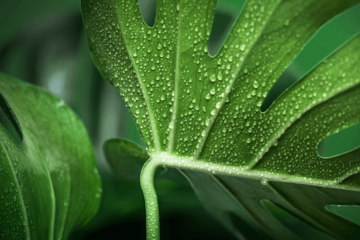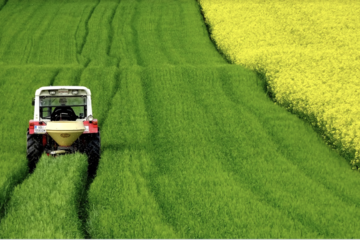Results for "species"
5 Results
https://aap-qa.apps.venturit.org/playlist/agriculture-wheat-species-of-cereal-grasses-of-the-genus-triticum
By:
Rupsssssssssssssssšssś Mukharjeeeeeeeeeeeeeeeeeeeeeeeeeeee
Tuesday, Aug 10, 2021
YOUTH EMPOWERMENT
+1
No Preview Available
Leave a comment
The designation of species originates in taxonomy, where the species is the fundamental unit of classification recognized by the International Commission of Zoological Nomenclature. Every species is assigned a standard two-part name of genus and species. The genus is the generic name that includes closely related species; the gray wolf, for example, is classified as Canis lupus and is a close relative of the coyote found in North America and designated as Canis latrans, their systematic relation indicated by their sharing the same genus name, Canis. Similarly, genera that have shared characters (or traits) are classified in the same taxonomic family; related families are placed in the same order; related orders are placed in the same class; and related classes are placed in the same phylum.
By:
rupali
Wednesday, Jul 21, 2021
AGRI-FOOD SYSTEMS
+1
Leave a comment
Species, in biology, classification comprising related organisms that share common characteristics and are capable of interbreeding. This biological species concept is widely used in biology and related fields of study. There are more than 20 other different species concepts, however. Some examples include the ecological species concept, which describes a species as a group of organisms framed by the resources they depend on (in other words, their ecological niche), and the genetic species concept, which considers all organisms capable of inheriting traits from one another within a common gene pool and the amount of genetic difference between populations of that species.Ref: species | Definition, Types, & Examples | Britannica
By:
rupali
Monday, Jul 19, 2021
AGRI-FOOD SYSTEMS
+2

No Preview Available
Leave a comment
Garden asparagus, the most economically important species of the genus, is cultivated in most temperate and subtropical parts of the world. As a vegetable, it has been prized by epicures since Roman times. It is most commonly served cooked, either hot or in salad; the classic accompaniment is hollandaise sauce. In 2018 the world’s leading producers of asparagus were China, Peru, Mexico, Germany, and Thailand. Commercial plantations are not undertaken in regions where the plant continues to grow throughout the year, for the shoots become more spindly and less vigorous each year; a rest period is required. Where the climate is favourable and with proper care, an asparagus plantation may be productive for 10 to 15 years or longer. The best soil types for asparagus are deep, loose, light clays, with much organic matter, and light sandy loams. Asparagus will thrive in soils too salty for other crops, but acidic soils are to be avoided. The asparagus cutting season varies from 2 to 12 weeks, depending on age of the plantation and on climate.
By:
rupali
Friday, Jul 16, 2021
AGRI-FOOD SYSTEMS
+2

Leave a comment
Aquaculture species are reared for particular traits such as growth rate, survival rate, meat quality, resistance to diseases, age at sexual maturation, fecundity, shell traits like shell size, shell colour, etc.
By:
Ameliya
Thursday, May 13, 2021
CULTURE AND SOCIETY
+2



Leave a comment